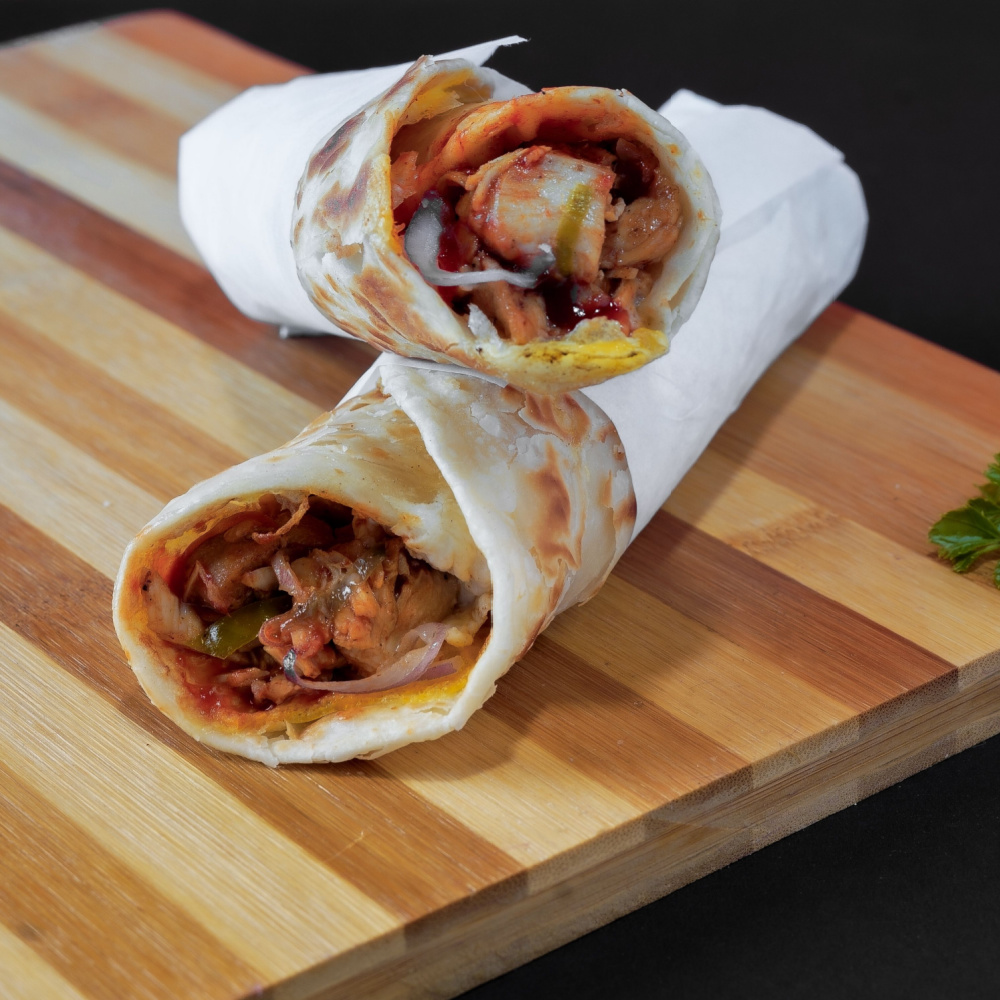When it comes to the exhilarating world of motorsports and off-roading, safety often takes the front seat. One crucial component that enhances vehicle safety is the roll cage. But have you ever pondered the intricacies of roll cage installation? How much does it actually cost to get a roll cage installed? Let’s jump into this fascinating topic that intertwines safety, craftsmanship, and of course, dollars and cents.
Roll cages, while often associated with racing and off-road driving, are not merely for show. They serve a poignant purpose: to protect the occupants of a vehicle in the event of a rollover or collision. Picture yourself navigating a winding backroad or plowing through rugged terrain. The thrill can be intoxicating, but what if the unexpected happens? A roll cage could be the difference between a minor mishap and a catastrophic event. Now that we’ve posed the question of safety, let’s dive deeper into the realms of costs, types, and considerations surrounding roll cage installation.
First things first—what influences the cost of roll cage installation? Generally, the price can vary based on several factors. Understanding these factors can help you make an informed decision.
1. Type of Roll Cage
Roll cages can be broadly categorized into two main types: bolt-in and custom weld-in cages. Bolt-in cages are designed to be installed without extensive structural modifications, making them a more economical option. On the other hand, custom weld-in cages require precise measurements, planning, and fabrication, which can skyrocket the cost. Depending on the design and complexity, a bolt-in solution may range from $500 to $2,000, while a bespoke welded cage can escalate to $3,000 or more.
2. Material Selection
The materials used in the fabrication of the roll cage significantly affect the overall price. Commonly used materials include mild steel, chromoly, and alloy steel. Mild steel is economical but heavier, while chromoly is lighter and offers superior strength—ideal for competitive racing. However, the price point for chromoly tubing might push your budget higher, typically adding $500 to $2,000 depending on the design and extent of tubing used.
3. Labor Costs
Labor costs are another essential element to consider. Skilled craftsmen who specialize in roll cage installation typically charge an hourly rate. If you’re opting for a custom-cage design, labor costs can accumulate quickly. Expect to pay anywhere from $50 to $150 per hour, depending on the shop’s location and expertise. In many cases, installations can take several hours, or even days, leading to final costs that can increase significantly.
4. Regulations and Safety Standards
For those interested in racing, it’s imperative to familiarize yourself with the regulations established by the governing body of your specific motorsport. Certain organizations may have strict safety standards that dictate the roll cage design, which could impact costs. A roll cage that complies with NASCAR or SCCA standards might require specific materials and configurations, ultimately affecting your wallet. Safety never comes cheap, and understanding these regulations in advance can help you avoid unexpected expenses.
5. Additional Components
An often-overlooked aspect of roll cage installation is the necessary additional components. Items such as padding, mounting brackets, and harnesses are vital for ensuring safety. Furthermore, if the roll cage installation requires you to modify the interior of your vehicle, this could lead to added costs for materials like new upholstery or soundproofing. These additional expenditures can add anywhere from $100 to $1,000, depending on what you choose to include.
Is the Investment Worth It?
Now that we’ve tackled the nitty-gritty details of pricing, you may be wondering: is the investment in a roll cage truly worth it? The potential challenges, such as increased weight and reduced rear visibility, may throw some drivers off. Yet, the unparalleled peace of mind and safety that comes from having a well-fabricated roll cage are formidable arguments in its favor. For those who regularly engage in off-roading or competitive driving, the benefits outweigh the drawbacks. Moreover, it could prove invaluable for occasional outings, keeping you and your passengers out of harm’s way.
Conclusion
Understanding the various factors influencing roll cage installation costs can empower you to make educated decisions about your vehicle’s safety. From the type of roll cage you choose to the materials and labor involved, each element plays a role in the final price tag.
In the end, the importance of safety should never be underestimated. Whether you’re a seasoned racer or a weekend warrior, investing in a roll cage is akin to investing in your own safety and security on the open road. And if you ask yourself, “How much is my safety worth?” the answer may very well be that it’s priceless—and worth every penny.
